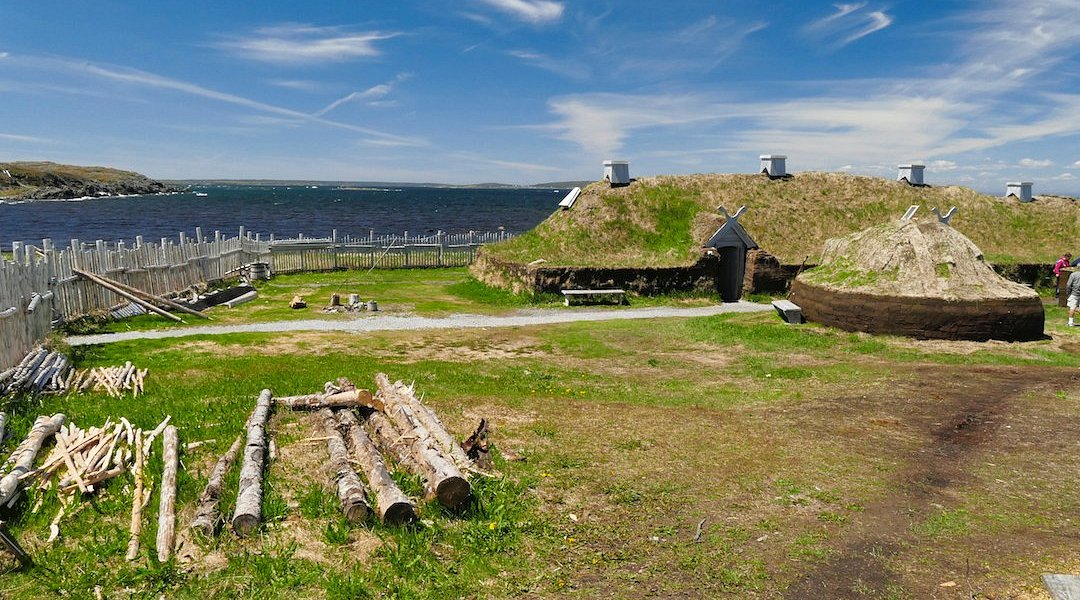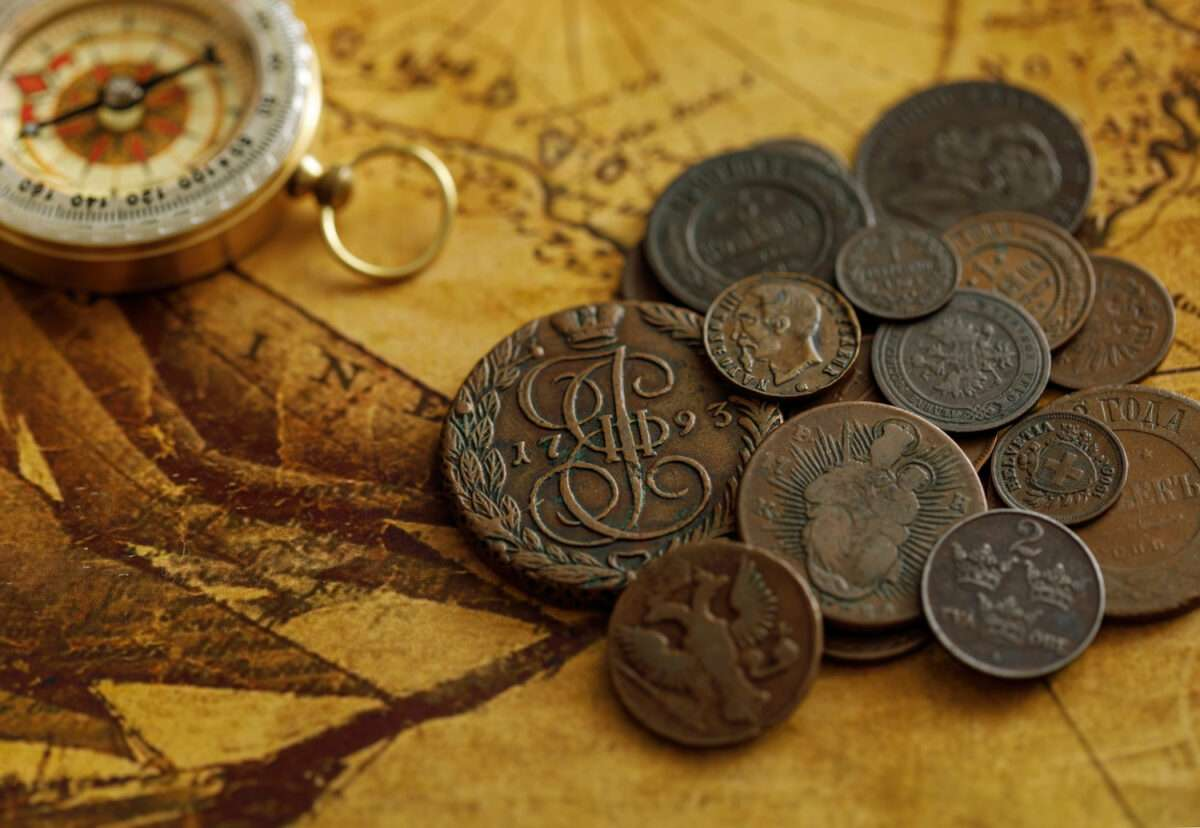William Wallace was a Scottish leader who fought for his country's independence from English rule in the 13th century . His life and actions left a profound mark on Scottish history, making him a central figure of resilience and courage.

Historical context of Scotland in the 13th century
The 13th century marked a decisive period for medieval Scotland .
Following the death of King Alexander III in 1286 , the country was plunged into a succession crisis that weakened its political stability. This situation was exploited by Edward I of England , known as the “Hammer of the Scots,” who sought to extend his dominion through invasions and diplomatic pressure.
In 1296 , Edward invaded Scotland and captured key fortresses such as Edinburgh Castle , forcing some of the nobility to swear allegiance to the English Crown. However, the occupation brought with it abuses, excessive taxation , land confiscation, and restrictions on local traditions, which led to growing resentment among the population.
In this climate of oppression and division, resistance movements arose that demanded Scottish independence .
From this context emerged the figure of William Wallace .
The early life of William Wallace
William Wallace 's childhood is shrouded in uncertainty, as much of what is known comes from medieval chronicles and legends.
It is accepted that he was born around 1270 in Elderslie , southwest Scotland, into a family of minor nobility. This allowed him to receive an education and training in the handling of weapons, preparation that would prove essential to his military leadership.
From a young age, he displayed a strong sense of justice and a deep commitment to his homeland, values that stayed with him throughout his life.
Wallace grew up in a context of constant tension , marked by clan fighting and increasing English pressure .
The death of his father, attributed to the English, strengthened his determination to confront the invader. With this motivation, Wallace began to emerge as a leader willing to lead the Scottish rebellion.

The rebellion against English oppression
The Scottish Rebellion led by William Wallace began in 1297 , when he organized raids against English garrisons in southern Scotland.
Although small-scale, these actions demonstrated his ability to coordinate forces and consolidated his position as a leader in the resistance.
Wallace applied guerrilla tactics , taking advantage of his men's knowledge of the terrain and mobility to weaken the English army. These strategies undermined enemy morale and inspired more Scots to join the cause, strengthening the movement for Scottish independence .
A key episode was the capture of Lanark in May 1297 , where Wallace killed the English sheriff William Heselrig, an act described in the chronicles as revenge for the death of his wife. This symbolic act raised his prestige and consolidated him as a leader, attracting more warriors to his side and paving the way for the great confrontation to come.
The Battle of Stirling Bridge:
A milestone in Scottish independence
The Battle of Stirling Bridge, which took place on September 11, 1297, was a decisive moment, perhaps William Wallace's greatest victory.
Alongside Andrew Moray, Wallace demonstrated his tactical ability when facing an English army superior in numbers and equipment.
Taking advantage of their knowledge of the terrain and the narrowness of the bridge over the River Forth, they ordered an attack as the English crossed, trapping them in a vulnerable position and achieving a resounding defeat.
This victory boosted Scottish morale and cemented Wallace's reputation as a military leader, sending a clear message to Edward I of England about Scottish resilience.
The battle secured Wallace the title of Guardian of Scotland and became an enduring symbol of the Scottish people's determination and fight for freedom.

William Wallace's legacy in Scotland and his influence today
William Wallace's legacy is profound and enduring, becoming a symbol of resilience, freedom, and national pride.
His fight for independence and his bravery in combat immortalized him in Scotland's cultural memory through poems, songs, and historical accounts, and inspired leaders like Robert the Bruce, whose triumph at Bannockburn cemented Wallace's dream of freedom.
Beyond the military, his figure represents the defense of rights in the face of oppression, nourishing Scottish national identity to this day.
It also left universal lessons of leadership and resilience: the importance of standing firm in the face of adversity, of rising from defeat, and of leading with integrity and strategic vision.
His ability to unite and motivate a divided people made him a symbol of courage and sacrifice.
Today, Wallace remains an icon that transcends time, a reminder of how one determined individual can make a difference and become a source of inspiration for present and future generations.
Don't forget to visit our Medieval Shop and discover the products we have for you.









